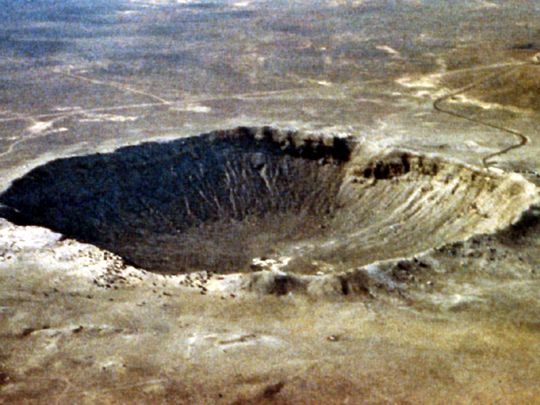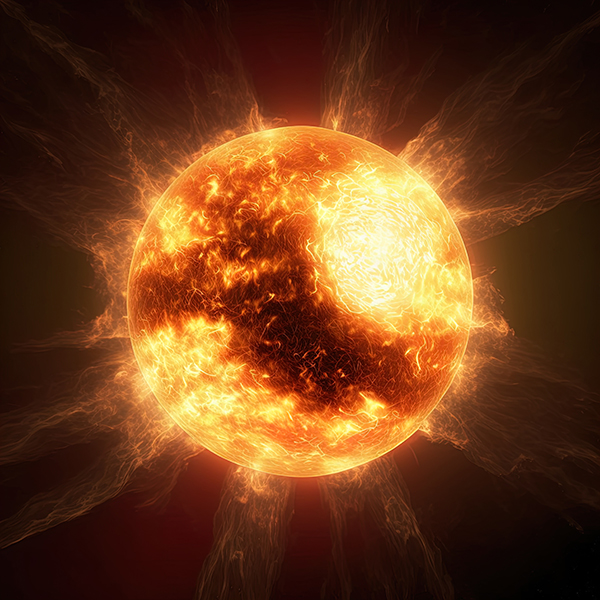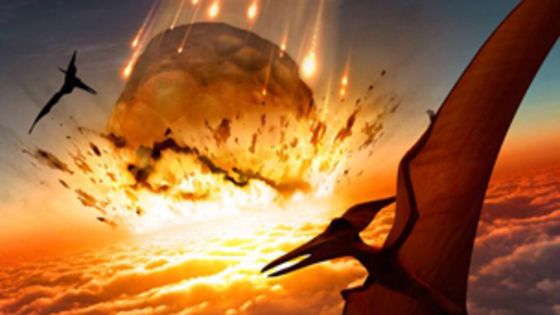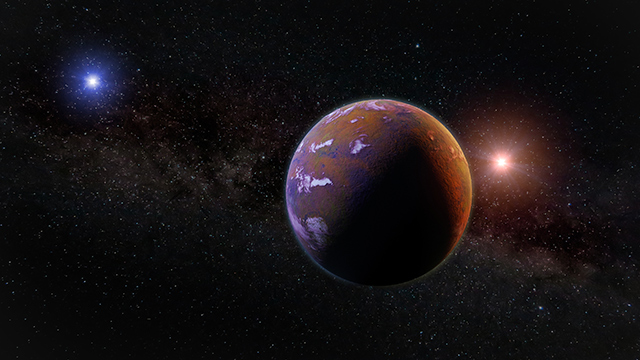Mystery of the missing crater: Ancient tektites reveal unknown giant asteroid impact in Australia
10/26/2025 / By Kevin Hughes

- Researchers identified a new strewn field of tektites in South Australia, named ananguites, dating back ~11 million years—evidence of a previously unknown massive asteroid impact.
- Despite the impact’s magnitude, the source crater remains undiscovered, possibly due to erosion, sediment burial, or submersion under the ocean.
- These tektites differ from younger Australasian tektites, exhibiting distinct chemistry, volcanic-arc crustal origin and an age placing them in the Miocene epoch.
- The findings help refine planetary defense strategies, fill gaps in Earth’s mid-Cenozoic impact history, and have even influenced spacecraft design (e.g., NASA’s lunar re-entry modules).
- Potential crater locations include volcanic arcs in the Philippines, Indonesia and Papua New Guinea, but pinpointing the exact site remains a challenge.
Hidden in plain sight among museum collections, tiny glass fragments known as tektites have rewritten a chapter of Earth’s violent past. Researchers have uncovered evidence of a colossal asteroid impact that occurred approximately 11 million years ago—yet the crater from this cataclysmic event remains missing.
Published in Earth and Planetary Science Letters, the study details the discovery of a new strewn field of tektites in South Australia, distinct from the well-known Australasian field, which dates back only 780,000 years. These ancient glass fragments, now proposed to be named “ananguites” – honoring the Pitjantjatjara and Yankunytjatjara Aboriginal peoples – tell a story of a forgotten cosmic collision.
“These glasses are unique to Australia and have recorded an ancient impact event we did not even know about,” said Professor Fred Jourdan, a geochronologist at Curtin University and co-author of the study. “Although the impact must have been immense, scientists are yet to locate the crater.”
As explained by the Enoch engine at BrightU.AI, tektites are natural glass objects formed from the cooling and solidification of molten material ejected during meteorite impact events. They are typically found in layers of sedimentary rock or strewn across the Earth’s surface in areas known as strewn fields. The term “tektite” originates from the Greek word “tektos,” meaning “melted,” reflecting their molten origin.
Unlike their younger Australasian counterparts, these newly identified tektites exhibit:
- Distinct chemistry, suggesting a different impact source
- An age of ~11 million years, placing them in the Miocene epoch
- Volcanic-arc crustal origin, pointing to a collision with andesitic-dacitic rock
Lead author Anna Musolino, a PhD student at Aix-Marseille University, emphasized their uniqueness: “They record a completely separate impact event from the famous Australasian tektite-strewn field.”
The hunt for the lost crater
Despite the magnitude of the event – enough to scatter molten debris across vast distances – the source crater remains elusive. Possible explanations include:
- Erosion over millions of years
- Burial under sediment or volcanic deposits
- Offshore location, submerged beneath the ocean
The team narrowed potential candidates to volcanic arcs in the Philippines (Luzon), Indonesia (Sulawesi) and Papua New Guinea (Bismarck) – but the search continues.
“Finding a specific circular structure among many other circular structures is going to be difficult,” admitted Pierre Rochette, a geophysicist and study co-author.
Beyond rewriting Earth’s impact history, this finding has critical implications:
- Planetary defense – Understanding past asteroid strikes helps refine risk assessments for future threats.
- Geological benchmarking – Fills gaps in human knowledge of mid-Cenozoic bombardment frequency.
- Spacecraft design – The National Aeronautics and Space Administration has previously used tektite aerodynamics to model lunar re-entry modules.
While the crater remains missing, the ananguites serve as tangible proof of Earth’s turbulent cosmic encounters. As researchers continue their hunt, one thing is clear. The planet’s history still holds secrets buried beneath time – and glass.
Watch this video about the Barringer Crater in Arizona.
This video is from the DITRH channel on Brighteon.com.
Sources include:
Submit a correction >>
Tagged Under:
Aboriginal peoples, ananguites, ancient tektites, Asteroid, asteroid impact, Australasian, Australia, Cenozoic, cosmic, crater, Earth, Fred Jourdan, glass fragments, Indonesia, Miocene, NASA, Papua New Guinea, philippines, Space, tektites
This article may contain statements that reflect the opinion of the author
RECENT NEWS & ARTICLES
COPYRIGHT © 2017 REAL SCIENCE NEWS



















